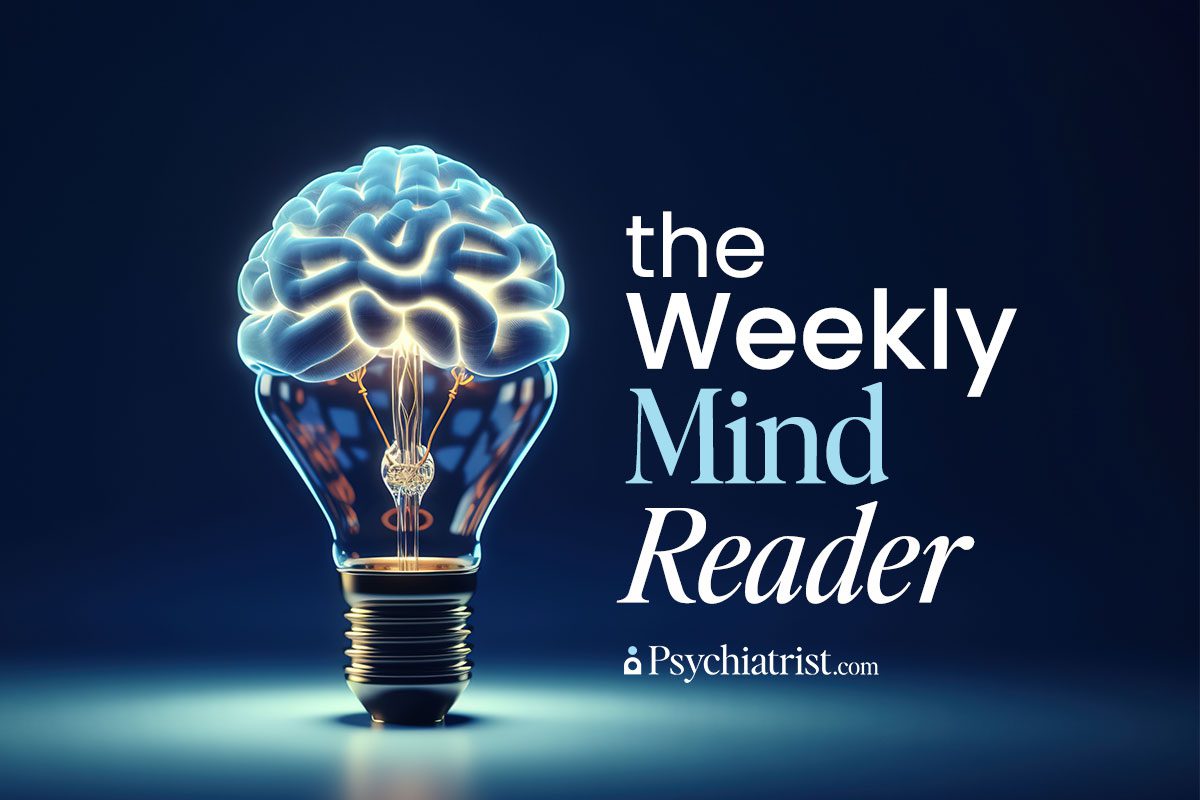Major depressive disorder (MDD) remains a leading cause of disability in the United States, affecting millions and imposing a significant burden on public health. Globally, 5 percent of the population wrestles with depression – a group that numbers 280 million – according to the World Health Organization (WHO).

And about 30 percent of those patients are resistant to standard treatments. Those treatments, most of which rely on the serotonergic hypothesis, fail to help these patients.
As our understanding of the neurobiology behind MDD continues to evolve, new treatments have cropped up. Most of them target different mechanisms, such as neural plasticity and glutamatergic signaling. Esmethadone is one of these novel treatments, and, so, far, has emerged as a promising candidate, based on recent phase 3 clinical trial results.
A Novel Approach to Depression Therapy
Unlike other NMDAR receptor antagonists, esmethadone boasts a distinctive profile, with a low affinity for mu (μ) receptors, which cuts the risk of any opioid-related side effects. Preclinical studies have suggested that esmethadone could help treat depressive symptoms by restoring neural plasticity through brain-derived neurotrophic factor (BDNF)-dependent mechanisms.
In phase 1 trials, participants tolerated esmethadone well with an encouraging safety profile at doses as high as 150 mg. These trials laid the foundation for a more robust phase 2 trial, which affirmed its safety and showed rapid antidepressant effects when used with existing therapies. As a result, researchers advanced to a larger-scale phase 3 trial to better assess how well – and how safely – esmethadone worked.
Phase 3 Trial Showed Mixed Results
The phase 3 trial spanned more than 40 locations across the country between December 2020 and December 2022. The trial included 227 MDD patients who failed to respond to at least one earlier antidepressant treatment.
Researchers designed the study as a double-blind, placebo-controlled trial, with participants randomized to receive either esmethadone or a placebo for four weeks. The primary endpoint of the trial measured the change in the Montgomery-Asberg Depression Rating Scale (MADRS) score, a standard measure of depression severity.
Nevertheless, esmethadone failed to achieve a statistically significant improvement in the primary endpoint compared to the placebo. But further study uncovered more optimistic results. Esmethadone showed a statistically significant improvement in response rates (39.8 percent vs. 27.2 percent for placebo, p = .044) and a trend toward much higher remission rates (22.1 percent vs. 13.2 percent for placebo, p = .076).
Further analysis also revealed that among patients living with more severe depression, esmethadone performed even better, with notable improvements in both response and remission rates compared to the placebo.
Safety Profile and Future Prospects
Throughout the phase 3 trial, participants generally tolerated the esmethadone well, with adverse events similar to those in the placebo group. Notably, esmethadone didn’t exhibit the metabolic, cardiovascular, or neurological side effects that typically come with atypical antipsychotics used in traditional MDD treatment.
Additionally, the researchers saw no signs of abuse potential, a persistent concern given the troubled legacy of opioid-based antidepressants.
And while esmethadone failed to live up to its primary efficacy endpoint, the overall findings still show that it might still remain a viable alternative for patients with difficult-to-treat depression.
What the researchers observed – higher response and remission rates, along with a favorable safety profile – point to the need for further research.
The more we learn about antidepressant therapy, esmethadone, and drugs like it, could illuminate a new way toward more effective and targeted treatment strategies.
Further Reading
New Research Uncovers Six Depression Subtypes
The Prevalence and National Burden of Treatment-Resistant Depression



